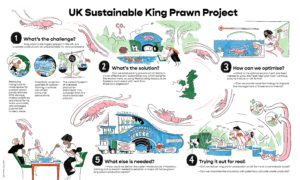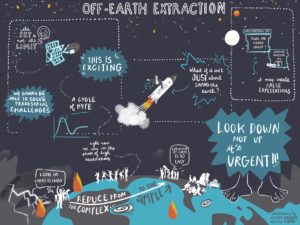Beavers as ecosystem engineers
What impact do beavers have on their environments? Can they actually play a role in natural flood management? New artwork by More than Minutes illustrates research by The University of Exeter’s Dr Alan Puttock, working with the Cornwall Wildlife Trust, Devon Wildlife Trust and others.







Latest opportunities
Jul 24, 2024
Feb 22, 2024
Aug 25, 2023


